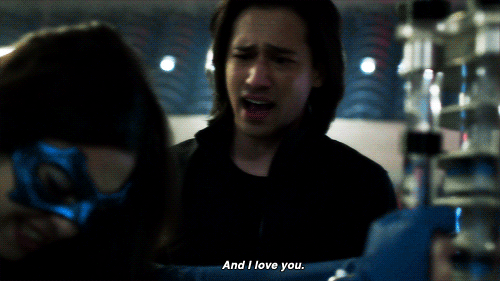
Fabiola is intelligent, reserved, quirky and quiet. She prefers to deal with situations using fact and logic and is less likely to have an overemotional reaction. Fabiola tries not to get involved in conflict and generally keeps to herself. She also prefers to be in the background and allows others (like Devi) to take the lead in social situations.
Fabiola also has elements of a 1w9 as they can also present as being disconnected from their feelings. Additionally, she was very afraid to tell her parents about her sexuality as she didn’t want them to react badly. However, I think she cares more about gaining knowledge than doing the right thing.
At her best, she is engaged in her friendships and becomes more open to new experiences, like her relationship with Eve. She is also able to move past her problems with Devi and help her with her problems.
At her worst, she publicly lashes out at Devi, and cuts off contact from her. Some of her outburst was justified, as Devi was being very inconsiderate and rude to her friends, however, Fabiola becomes withdrawn from the relationship completely.

5s are very focused in their inner world and they are very withdrawn. Fabiola much prefers to be making her robots than being out at parties. She has very close friendships with Devi and Eleanor and is very considerate and thoughtful of them. For example, she helps Eleanor when she finds out about her mother living in LA, and when her mother leaves her again.
As 5s can be disconnected from their feelings, it took Fabiola a bit of time to realise her feelings for Eve and to act upon them. Additionally, she felt more comfortable coming out to her robot, than her friends, showing that she sometimes prefers technology to people.
She shows her wing 6 as she is very loyal to her friends and doesn’t care as much about creativity and being unique.
Tri-type: 5w6 – 1w9 – 2w1
Some quotes to describe Fabiola’s motivations
“One day, you will walk again. If not, I will build you legs.”
“We are smart. And idiots are banging all the time. We can learn how to do it, too.”
“I left a funeral to be by your side after Nick Jonas married an Indian woman that wasn’t you.”
“What I want to say is, I am… I am… I am switching from French to an AP lab this year”
“They don’t know that I’m gay.”



